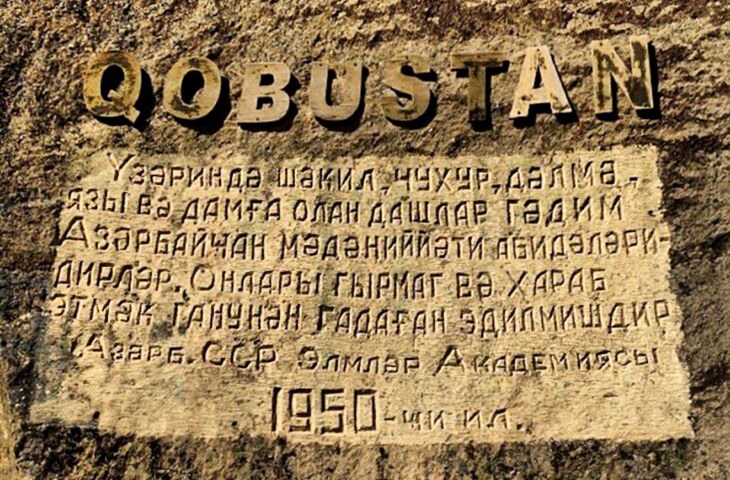Gobustan Rock Art: A UNESCO World Heritage Treasure
Tucked between the Caspian Sea and the arid landscapes of Azerbaijan lies one of the world’s most fascinating archaeological sites—Gobustan Rock Art Cultural Landscape. Designated as a UNESCO World Heritage Site, Gobustan is a window into prehistoric life, featuring more than 6,000 rock engravings that date back as far as 40,000 years. These ancient petroglyphs, scattered across the rugged cliffs of the Gobustan region, provide an extraordinary glimpse into the lives, beliefs, and rituals of early humans.
What Makes Gobustan So Special?
Gobustan is not just a site of historical significance—it’s a living gallery of humanity’s earliest expressions. The petroglyphs here depict scenes of hunting, dancing, animal domestication, ritual practices, and even celestial observations. The art spans multiple prehistoric eras, including the Upper Paleolithic, Mesolithic, Neolithic, and Bronze Ages.
In addition to the rock art, Gobustan is also home to:
- Ancient cave dwellings
- Stone tools and relics
- A Roman inscription dating back to the 1st century A.D.—one of the easternmost examples of Roman writing ever discovered
The Landscape and Surroundings
The Gobustan site lies roughly 65 km southwest of Baku, nestled between the semi-desert hills and the Caspian coastline. Its dramatic, wind-sculpted rocks create a natural open-air museum, where visitors can walk through history in a rugged yet peaceful environment.
The area is also notable for its mud volcanoes—another rare natural phenomenon found in abundance in Gobustan. With over half of the world’s mud volcanoes located in Azerbaijan, this makes for a unique dual attraction for geology and history enthusiasts alike.
The Gobustan Museum
Before exploring the petroglyphs outdoors, a visit to the Gobustan National Museum is highly recommended. The interactive exhibits, digital reconstructions, and detailed historical timelines offer valuable context and insight into:
- How the petroglyphs were made
- What they symbolize
- The evolution of human life in the region
The museum also uses augmented reality to help visitors visualize the ancient scenes depicted in the carvings.
How to Get There
- Distance from Baku: ~1 hour by car
- Transport Options: Taxi, private car, or guided day tours from Baku
- Best Time to Visit: Spring and autumn offer the most comfortable weather for walking and exploring
Tips for Visitors
- Wear comfortable shoes—some walking over rocky terrain is required
- Bring water and sun protection, especially in warmer months
- Combine your trip with a stop at the nearby mud volcanoes for a truly unique experience
- Early morning or late afternoon visits offer the best light for viewing the carvings and photography
Why Visit Gobustan?
- It’s one of the most important prehistoric rock art sites in the world
- Offers rare insight into early human spirituality, daily life, and art
- Combines natural beauty with deep historical significance
- An easy and enriching day trip from Baku
Conclusion
Gobustan Rock Art is far more than just a collection of ancient drawings—it’s a timeless narrative etched in stone, telling the story of humanity’s early creativity and cultural evolution. For anyone visiting Azerbaijan, this UNESCO treasure is an unmissable journey into the depths of human history and imagination.
